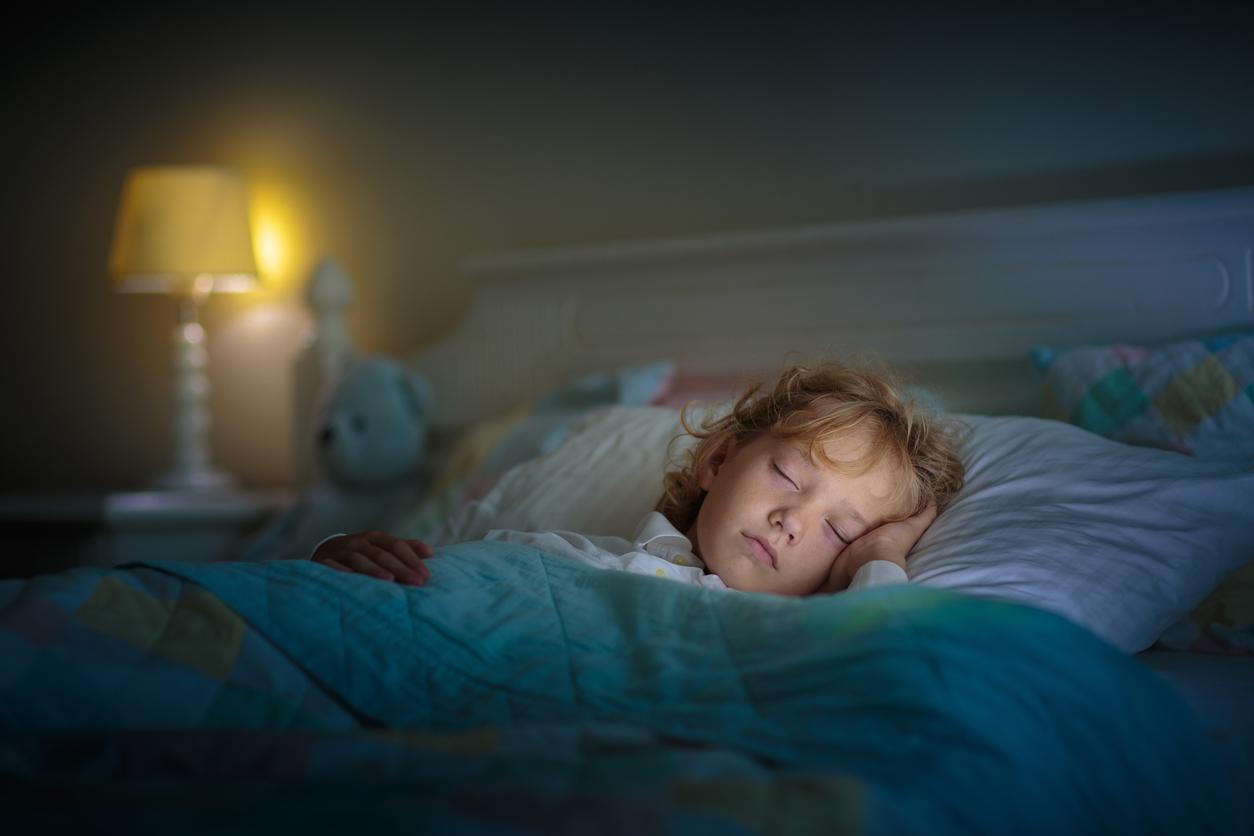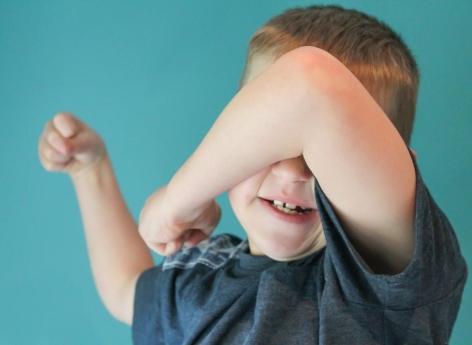In children, a drop of atropine, a liquid solution, per day would block the elongation of the eye, one of the main causes of myopia.

- Myopia is caused by an elongation of the eye.
- Researchers have found that a drop of eye solution every day during childhood helps slow the phenomenon.
- It could also reduce the risk of visual impairment when these children get older.
More and more children suffer from myopia. This vision disorder is characterized by poor distance vision. Wearing glasses slows down its development, but researchers have found a promising technique. This team from the University of Ohio demonstrated in a clinical trial that drug treatment could slow the progression of myopia. Their results are published in JAMA.
Atropine: a solution that has already shown its interest in the treatment of myopia
Studies on animals have already shown, a long time ago, that atropine, an injectable solution, could slow down the elongation of the eye. But the tests were then slowed down because it caused near vision problems and dilation of the pupils.
In this new research, American scientists worked on lower dosages. “This new phase 3 trial evaluated the safety and efficacy of two low-dose solutions, with atropine concentrations of 0.01% or 0.02%, compared to placebothey said in a press release. The treatment for each of the 489 children aged 6 to 10, recruited to test for the drug’s effectiveness, was one drop per eye daily at bedtime, which minimized the risk of blurring effects that atropine can have. on the vision.”
A low-dose solution effective in slowing down myopia
The researchers made a surprising observation: the most significant improvements compared to the placebo concerned the solution containing 0.01% atropine. “Although the 0.02% atropine formulation was also more effective in slowing myopia progression than placebo, the results were less consistent.”, they observe. The low-dose solution had positive effects on slowing eye growth and reducing the prescription of glasses.
The safety of this medicine was evaluated in a second trial, bringing together a larger sample of 573 participants, aged 3 to 16 years. “Both low dose formulations were safe and well toleratednote the authors. The most common side effects were sensitivity to light, allergic conjunctivitis, eye irritation, dilated pupils and blurred vision, although reports of these side effects were low..”
Myopia: treatment that reduces the risk of visual impairment
According to the authors, approximately one in three adults worldwide is myopic, and the global prevalence of myopia is expected to reach 50% by 2050.”Although a federally approved contact lens may slow the progression of myopia, no pharmaceuticals are approved in the United States or Europe to treat myopia.”, they recall. However, preventing the elongation of the eyeball could both slow myopia but also reduce the risk of visual impairment later, when these children are elderly, such as retinal detachment, macular degeneration, cataracts or glaucoma. “It’s exciting to think that there may be solutions in the future for the millions of children we know will be nearsighted.”says Karla Zadnik, lead author of the study.
















